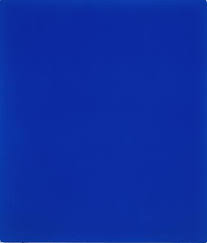

"Experts say colors may affect cognitive performance because of the moods they engender."
So, how is this information useful and important to the world of design? When it comes to color choice, designers, artists, and the like, usually think about how intensity, hue, and tonality will shape the relationship between product and user. Many people don't realize how much thought is put into this part of the process in designing a product, or even painting a room. Color choice is not just thinking about what is or is not aesthetically pleasing. Most often, certain hues are chosen to convey or fuel moods in audiences and their relationship with the color(s) at hand- sometimes even moving people to make decisions subconsciously.
Designers in an array of fields can use color to their advantage. Apparently, color has potential power to control situations, make decisions, and speak emotion. A seemingly elementary aspect of life, color choice is arguably one of the most crucial decision for designers. Decisions are usually based on an emotion, and if color can persuade certain emotions within people, then designers have the upper hand on what a product can do for the consumer. The fact that humans attribute emotion, even value, to colors is ample proof to consider appropriate colors in a given situation.
Article found on:
http://www.nytimes.com/2009/02/06/science/06color.html
No comments:
Post a Comment